FREDERICK CARL FRIESEKE (1874-1939)
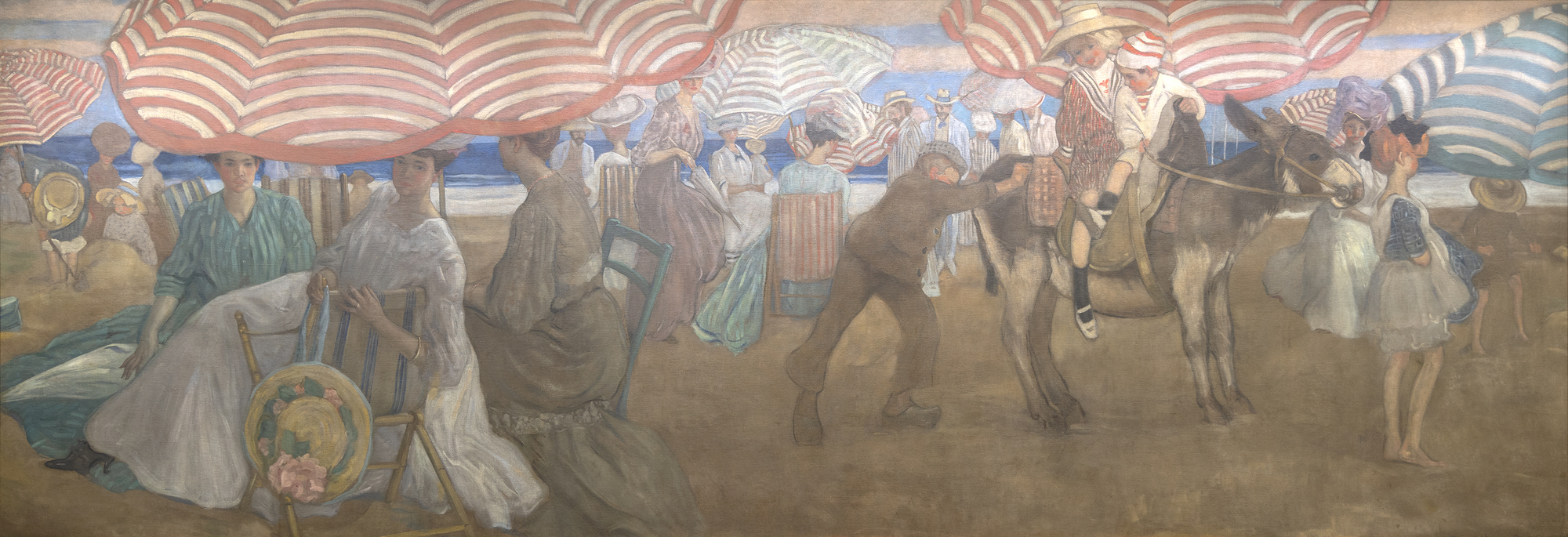
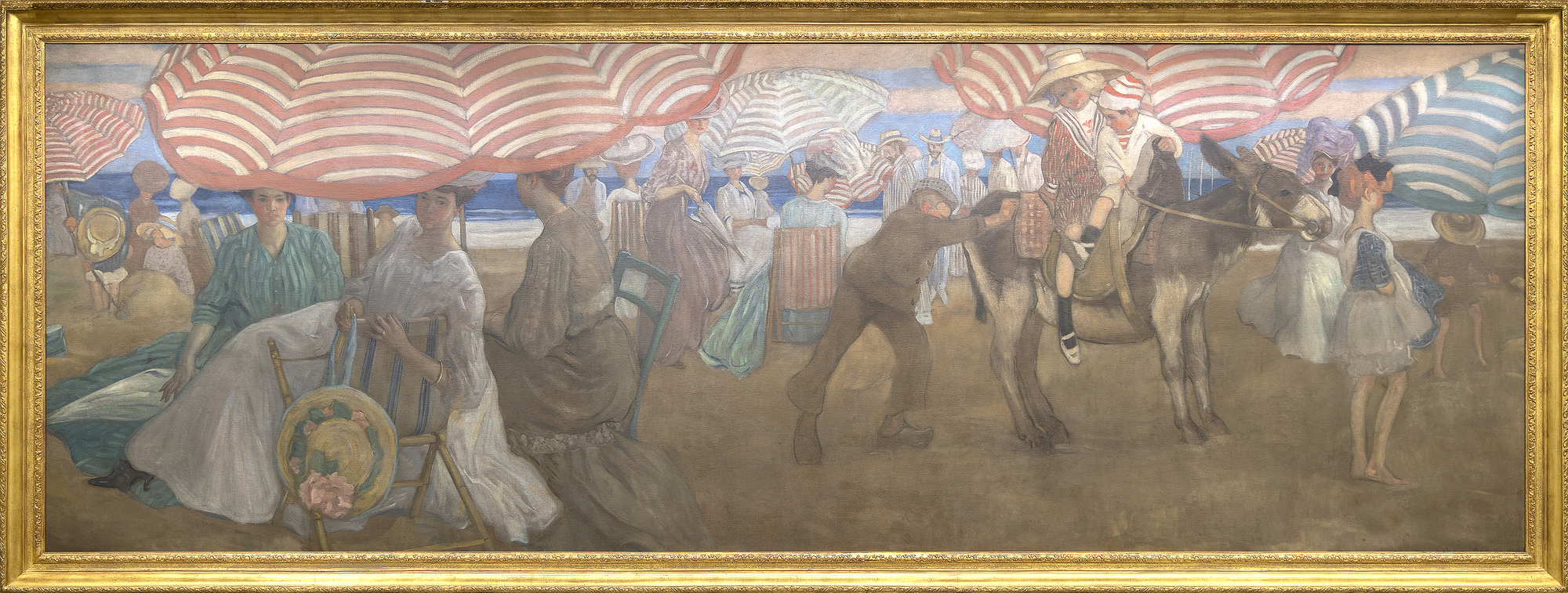
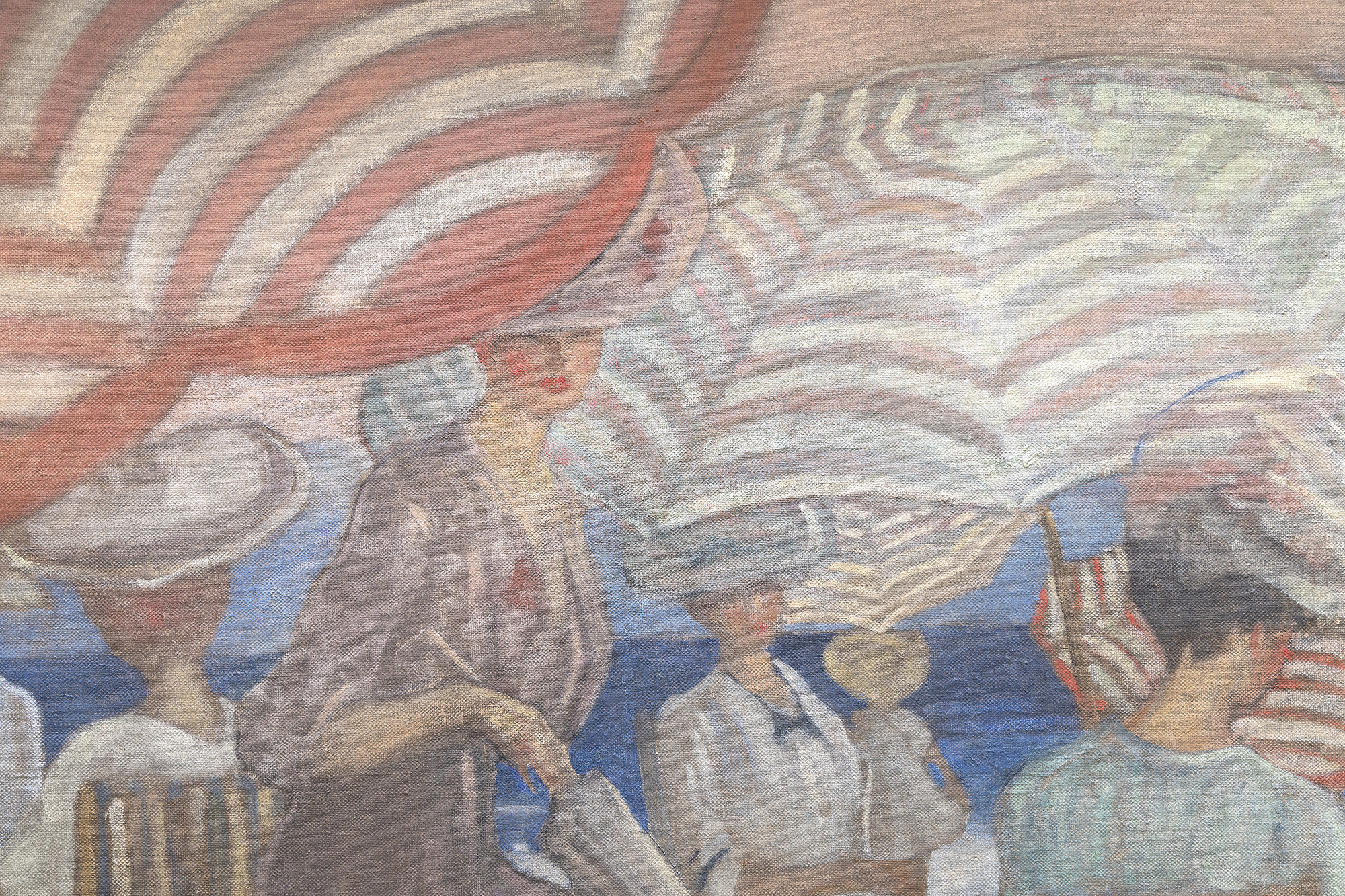
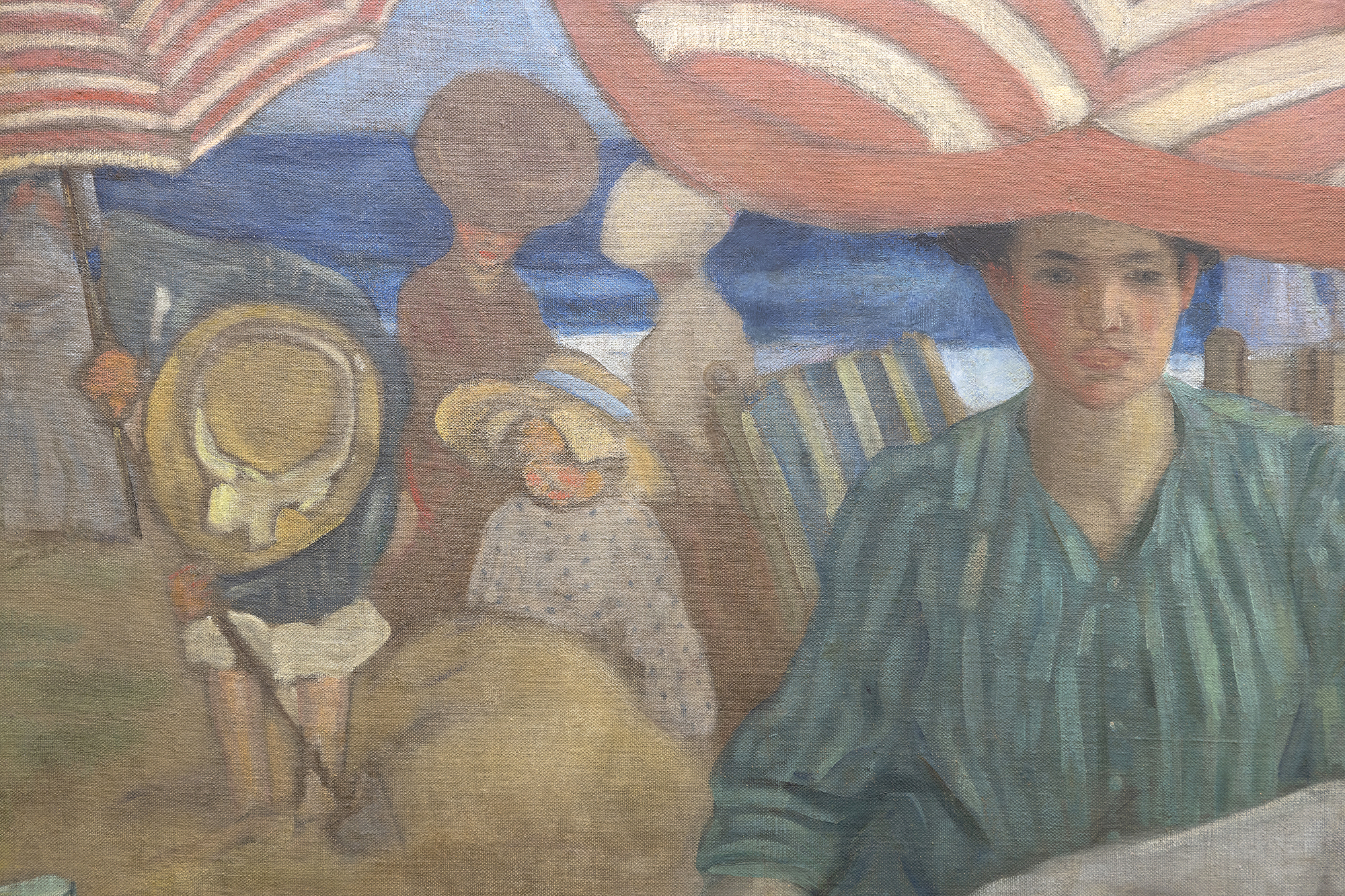
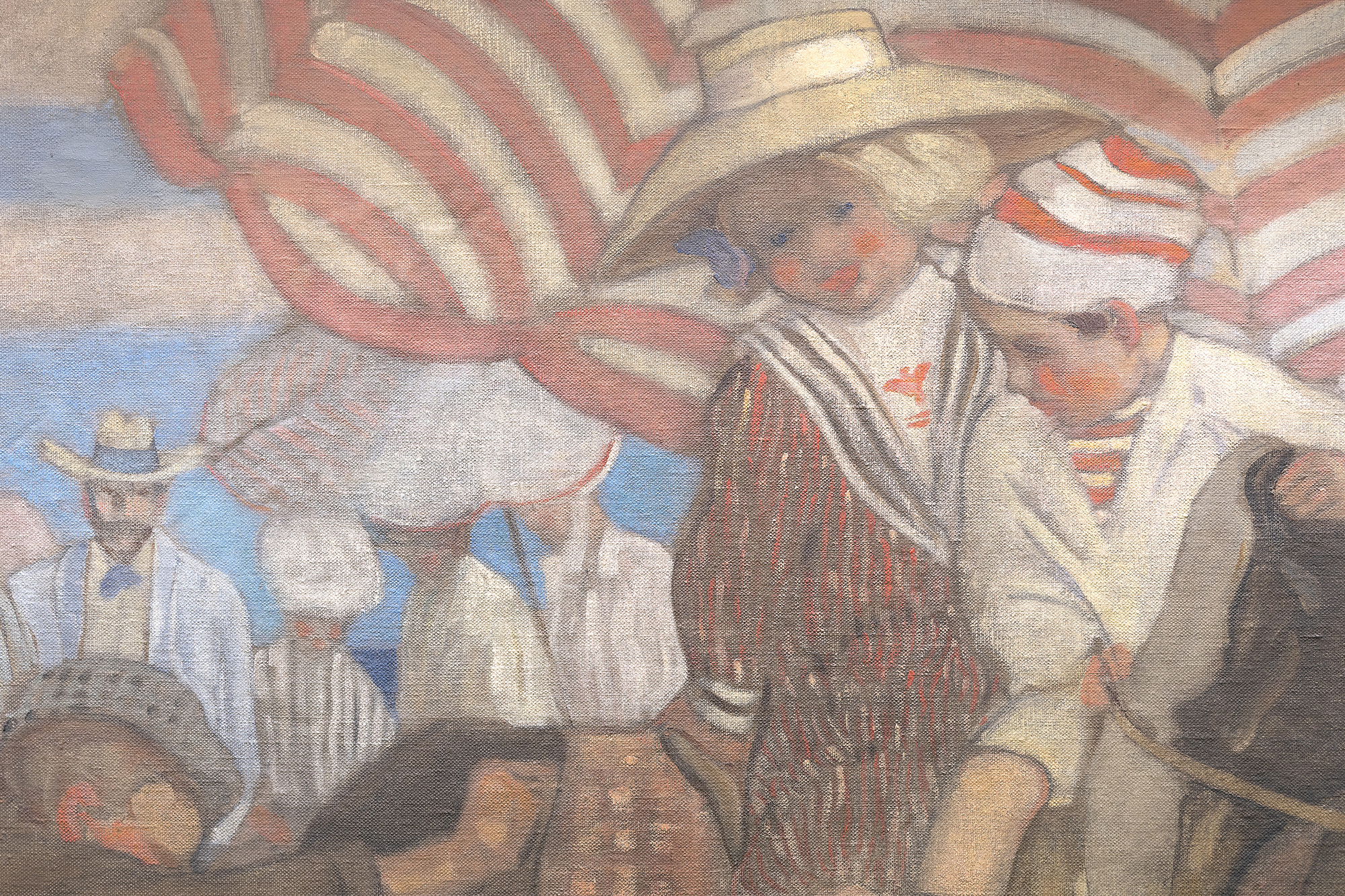
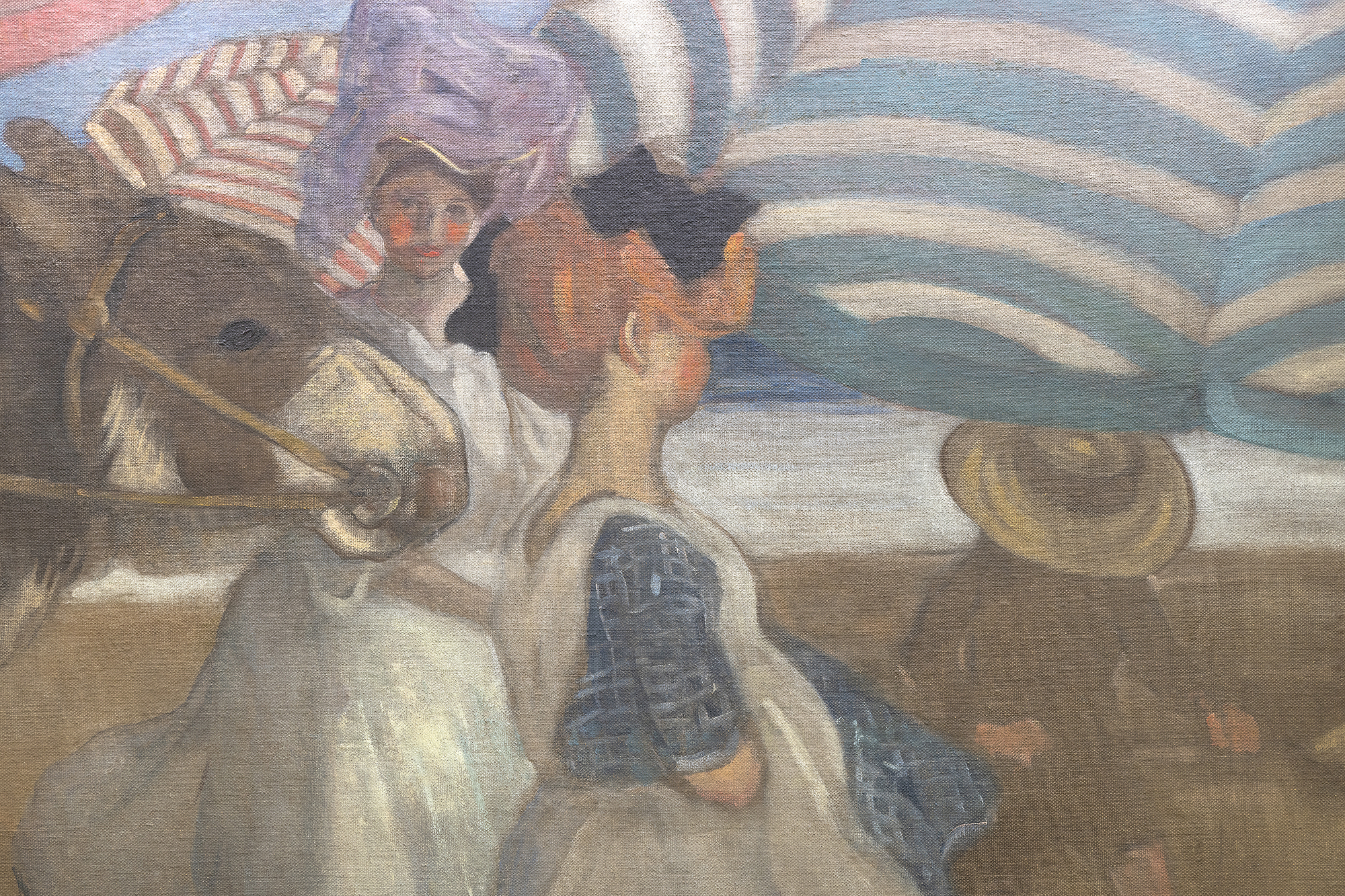
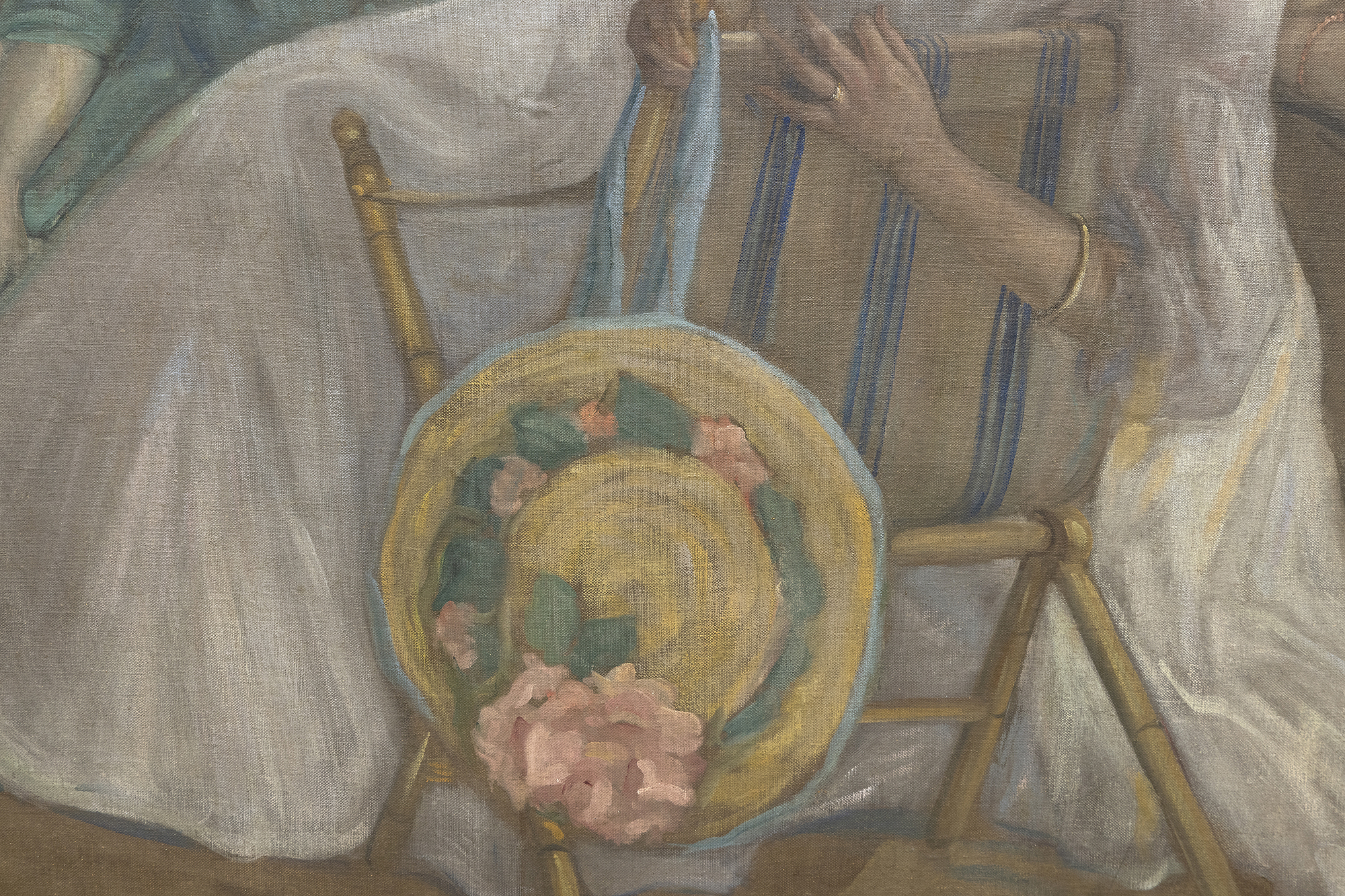
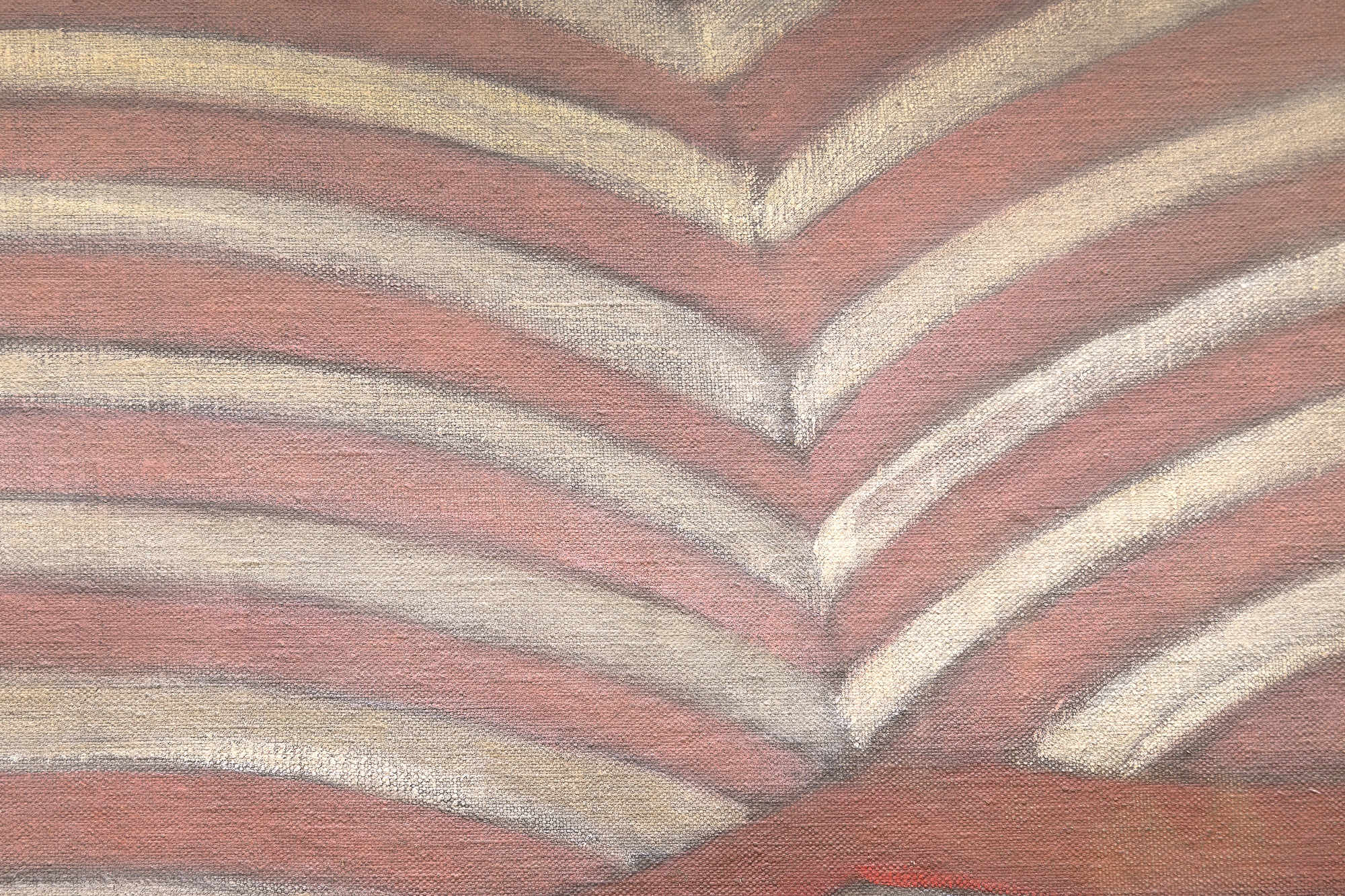
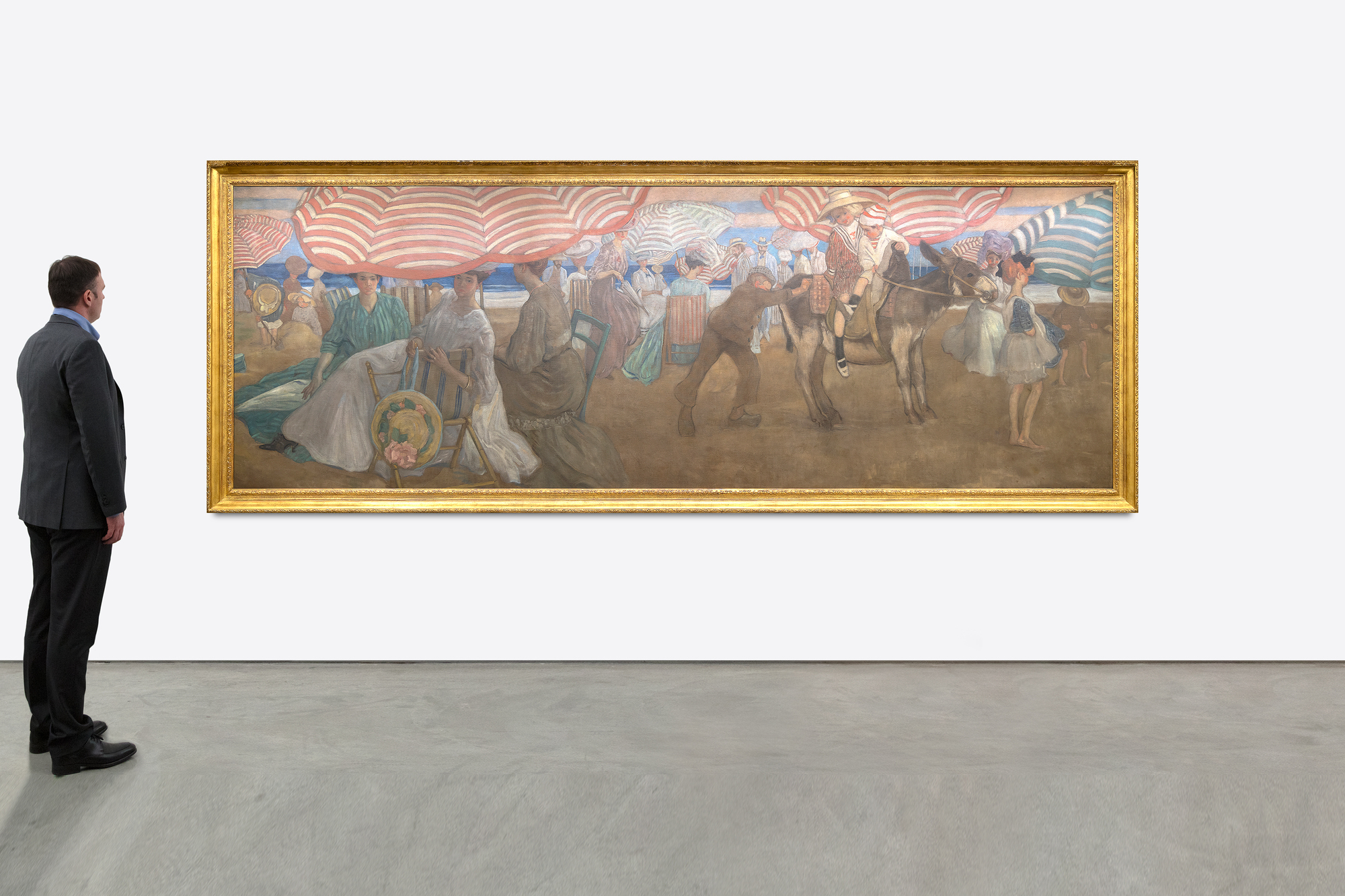

Procedencia
Encargado por Rodman Wanamaker para el Hotel Shelburne de Atlantic City David David Gallery, FiladelfiaColección privada, California
Heather James Fine Art
Exposición
Telfair Museum Of Art, Savannah, Georgia, Frederick Carl Frieseke; The Evolution Of An American Impressionist, 2000/2001; viajando a Dixon Gallery & Gardens, Memphis, Tennessee, 2001; San Diego Museum Of Art, San Diego, California, 2001; Terra Museum Of Art, Chicago, Illinois, 2001Literatura
N. Kilmer, Frederick Carl Frieseke; The Evolution Of An American Impressionist, Princeton U...Más....niversity Press, 2000, reproducido en la página 139. International Studio An Illustrated Magazine Of Fine And Applied Art, Volume Forty-Three, Comprendiendo marzo, abril, mayo y junio de 1911; números 169 a 172; "American Artists In París" páginas 263-270. L'Art Decoratif, Revue Mensuelle D'Art Contemporain, 8me Annee, 2 Semestre, Juillet 1906-Diciembre 1906; "La Decoration D'un Hotel Americain" página 195-200...MENOS....Historia
Frederick Frieseke es considerado a menudo como el mejor pintor impresionista americano de la figura. Sin embargo, cuando vino a estudiar a la Académie Juilian en 1898, varios pintores de Les Nabis seguían siendo una presencia persistente, y fueron los ricos patrones decorativos de Edouard Vuillard y Pierre Bonnard los que le sirvieron de modelo para su temprano éxito. Esa influencia queda claramente demostrada en la repetición desenfrenada de las voluminosas sombrillas plisadas y rayadas de Afternoon at the Beach, un mural de lienzo instalado en el opulento comedor del Hotel Shelburne con vistas al paseo marítimo de Atlantic City. El impacto unificador de ese elemento repetitivo impregna el escenario de un desván nuboso dentro de una combinación de colores, evocando a Vuillard y la riqueza de un tapiz de Gobelinos, en lugar del efecto de la luz del sol y el color roto que marcan sus cuadros más conocidos de la década de 1910 a 1920.
Tarde en la playa se instaló bajo la dirección del artista en febrero de 1906. Permaneció expuesta durante décadas en el ostentoso hotel que atrajo a "Diamond Jim" James Buchanan Brady a pagar mil dólares a la semana por su residencia permanente y fue un recuerdo inmarcesible para multitudes de adinerados miembros de la sociedad, financieros y notables, desde Irving Berlin a John Philip Sousa y Ethel Barrymore a Al Jolson. Sin duda, su presencia en lo alto de la pared del gran comedor contribuyó a la popularidad y el renombre del artista.
Hoy en día, podemos considerar esta larga composición en forma de friso como un encantador estudio de vestuario finisecular o una exposición informativa de las costumbres victorianas, tal y como sugieren las esferas separadas de los grupos de género. Pero, sobre todo, Tarde en la playa da cuentadel desenfrenado deleite y aprecio del artista por las mujeres, expresado aquí en contextos familiares, maternales y sociales. Este es el tema y el asunto que hizo que Frieseke fuera aclamado y premiado a ambos lados del Atlántico y que, hasta el día de hoy, lo hace querido por los muchos que lo consideran uno de los pintores figurativos más queridos de Estados Unidos.
Pinturas en colecciones de museos
Museo de Arte de Carolina del Norte, Raleigh
Museo de Arte del Condado de Los Ángeles
El Museo Nacional Thyssen-Bornemisza, Madrid
El Museo de Bellas Artes de Houston
Museo Metropolitano de Arte, Nueva York
The Huntington, San Marino, California
La Galería Nacional de Arte, Washington, D.C.
El Instituto de Arte de Chicago
Galería de imágenes
Autenticación
Tarde en la playa se encuentra en la página 139 del catálogo de Linda McWhorter de la exposición Frederick Carl Frieseke: la evolución de un impresionista americano . La exposición, y su correspondiente catálogo, fueron producidos por el Telfair Museum of Art de Savannah, Georgia. El catálogo señala el singular origen de Afternoon at theBeach como mural para el histórico Hotel Shelburne.
Preguntar
También le puede gustar






































